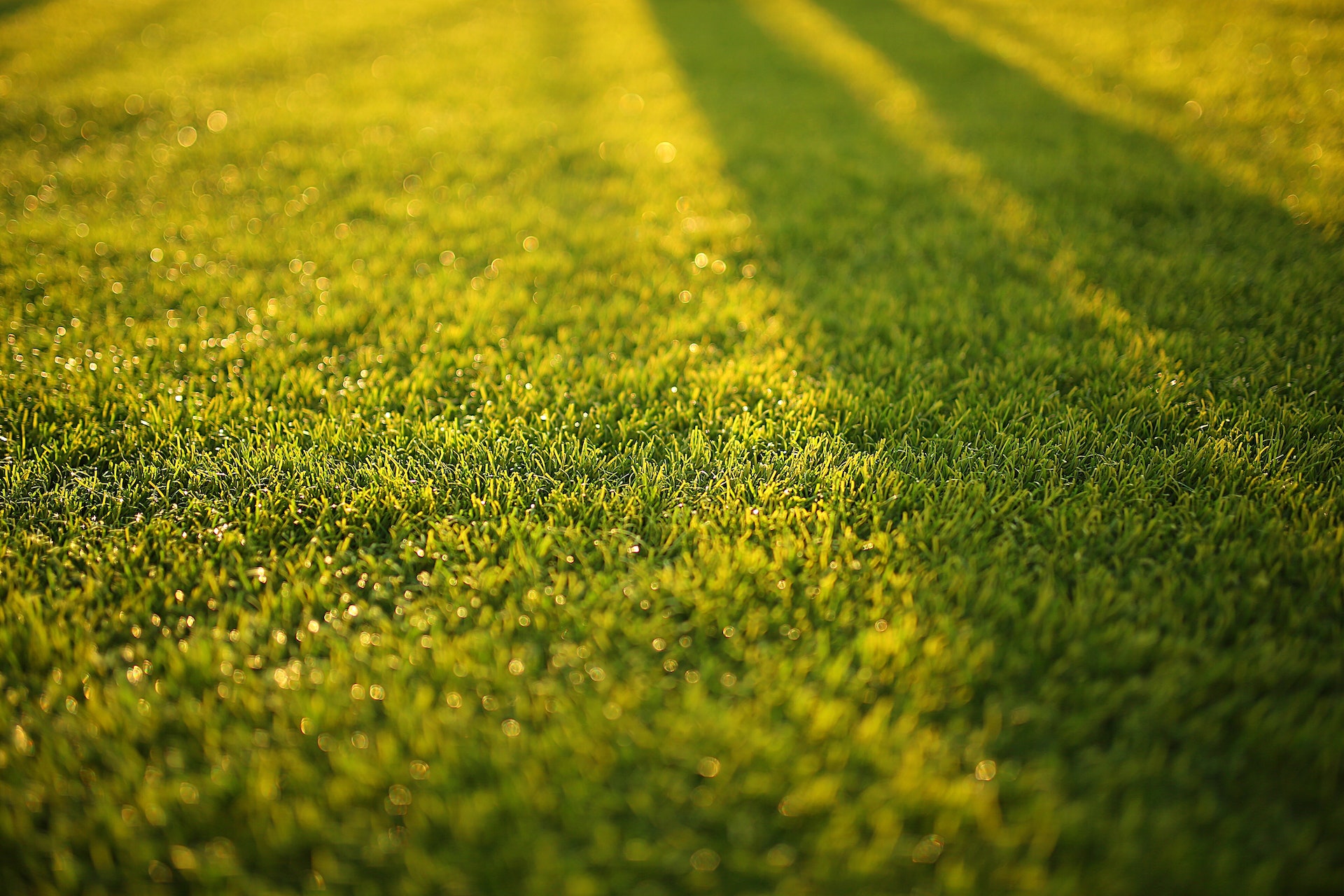Creating a lush, green lawn can transform the aesthetics of any property, enhancing its appeal and potentially increasing its value. Turf laying is a popular landscaping choice in the UK thanks to its immediate results and the beauty it provides. But before you embark on your turf project, it’s crucial to understand the associated costs.
In this comprehensive guide, we’ll delve into the cost of turf laying in 2023, examining the factors influencing these costs and offering tips to manage your budget without compromising on quality.
Factors Influencing the Cost of Turf Laying
Several elements can significantly influence the cost of laying new turf. The size of the area to be turfed is the most apparent factor—the larger the area, the more turf you’ll need, and consequently, the higher the cost. But beyond this, the type of turf you choose, from budget-friendly grass turfs to luxurious, premium blends, also significantly impacts the final price.
Site preparation is another crucial factor to consider. This might involve removing an existing lawn, levelling the ground, and improving the soil, all of which can add to the overall turf installation cost.
Remember, every turf-laying project is unique, and these factors will play out differently depending on your specific situation.
Comparing Types of Turf
The type of turf you choose can have a significant impact on the cost of your turf-laying project.
Basic, budget-friendly turf varieties often cost between £2-£3 per square metre and are a good choice for large areas or if you’re working with a tight budget. However, these may not be as durable or lush as more expensive varieties.
Premium turf types, which can cost upwards of £5 per square metre, provide superior quality, durability, and visual appeal. They may be a good investment if you’re looking for a standout lawn that will endure heavy use.
Artificial grass is another option, costing around £10-£30 per square metre. While more expensive upfront, it offers low maintenance and a year-round green lawn, making it an attractive option for some homeowners.
Breakdown of Turf Costs
Understanding the components of turf laying costs can help you budget effectively. Let’s break down these costs:
Material Costs
These include the cost of the rolls of turf themselves, topsoil to prepare the area and any required fertilisers to encourage growth. As of 2023, you can expect to pay between £2 and £5 per square metre for good quality natural turf.
Labour Costs
These costs vary widely depending on the complexity of the project and the local rates of gardeners or landscaping professionals. Generally, the cost of laying turf per square metre in the UK ranges from £10 to £20.
Equipment Rental
If you are installing turf yourself and you need to hire any special equipment, this will be an additional cost. Common rentals might include a rotavator for breaking up and preparing the soil, which usually costs around £50-£70 per day.
Additional Expenses
Delivery fees for the turf and waste disposal fees for any garden waste generated during the project also contribute to the total cost. You may also need to hire a skip. These costs can range from £50 to £100 each, depending on the specifics of your project.
A reputable garden landscaping company should give you an upfront cost with all fees included, so you don’t have to worry about any surprise costs.
Timing Your Turf Installation
The best times of year to lay turf in the UK are mid-autumn and early spring, when the soil is moist and temperatures are mild. Laying turf during these periods can promote faster and healthier growth, saving you money on maintenance and potential replacement costs down the line.
However, depending on who you hire, you may have to pay a little more for professional installation during these peak periods due to higher demand. If you want to lay the turf yourself, purchasing turf in the off-season can sometimes save you money.
Average Cost Range
Given these variables, the average cost of laying turf ranges from £15 to £30 per square metre in 2023. This cost includes all the aforementioned aspects: material, labour, equipment and additional expenses. But remember, every turf project is unique, and your specific circumstances may influence these costs.
4 Tips for Reducing Costs When Laying Turf
While a turf project can be a significant investment, there are ways to manage your turf installation budget effectively:
1. Choose the Right Turf: While premium turfs can offer exceptional quality, mid-range turfs often provide great value for money and excellent results for most gardens.
2. Prepare the Site Yourself: If you have the time and ability, preparing the site yourself can save on labour costs.
3. Buy Turf in Bulk: If you have a large area to cover, buying turf in bulk can often reduce the cost per square metre.
4. Time Your Installation Right: Consider installing your turf in the off-season or during less busy times to potentially save on professional installation costs.
Remember, though, while it’s essential to keep costs in mind, the cheapest option may not always offer the best long-term value. Professional installation can save time and ensure a high-quality result that lasts for many years.
Long-Term Benefits of Turf Installation
While the initial outlay for turf laying can seem substantial, it’s essential to consider the long-term benefits.
A well-installed turf lawn will:
- Be durable
- Easy to maintain
- Enhance the aesthetic appeal of your property
- Create a perfect space for outdoor activities, relaxation, and enjoyment.
- Increase property value, making it a worthy long-term investment.
Over time, these benefits can outweigh the initial turf-laying expenses.
Learn more about caring for freshly-laid turf here.
Frequently Asked Questions About Lawn Installation
How much turf can one person lay in a day?
On average, a person can lay between 150 to 200 square metres of turf in a single day, assuming optimal conditions and some experience with the process. This figure can vary based on factors such as the turf’s weight, the site conditions and the individual’s physical capability.
Do I need topsoil before laying turf?
Yes, topsoil is essential for laying turf. It serves as the primary nutrient source for your new lawn, promoting healthy root development. Before laying the turf, you should prepare a layer of topsoil about 15cm deep, ensuring it is well levelled and free of rocks or weeds.
Do you put sand down before laying turf?
While not strictly necessary, a thin layer of sharp sand can improve drainage, particularly if your soil is heavy clay. However, sand should not be used as a substitute for good-quality topsoil.
Can you walk on turf as you lay it?
Ideally, you should avoid walking on newly laid turf. If it’s unavoidable, use planks to distribute your weight evenly and minimise damage. Once the turf has taken root, usually after two weeks, it should be safe to walk on.
How easy is it to lay your own turf?
Laying turf can be a physically demanding task, but it’s not technically complex. With some preparation and effort, it’s a project that many people can undertake. However, keep in mind that larger areas or tricky landscapes may be better handled by professionals.
How easy is it to lay your own turf?
The choice between real and artificial turf is often based on personal preference, budget and maintenance willingness. Here are some key points to consider:
Real Turf:
Real grass provides a natural, lush and pleasing aesthetic. It’s eco-friendly, contributing to oxygen production, and it feels softer underfoot. Real turf does require ongoing maintenance, such as watering, mowing, and weed control. In terms of cost, real grass can be cheaper initially but consider ongoing maintenance costs.
Artificial Turf:
Artificial turf offers a low-maintenance alternative. It remains green all year round and is durable, withstanding heavy use without bald spots. It’s a great option for those who want a beautiful lawn without the maintenance. The upfront cost for artificial turf is higher, but it can pay off in the long run with minimal ongoing costs.
Ultimately, the choice between real and artificial turf depends on your lifestyle, budget and personal preference. Whether you value the authenticity and natural feel of real grass or the low maintenance and durability of artificial turf, both can enhance your property’s appeal.
Let Us Transform Your Garden into a Lush Oasis
Whether it’s a sprawling lawn or a cosy garden nook, a professionally laid turf can transform any outdoor space. Understanding the costs, materials, and labour involved is key to effectively budgeting your turf project. And while the initial cost may be significant, the long-term benefits of a beautiful, functional lawn make turf installation a worthy investment.
When planning your project, keep in mind that professional turf installers like Green Team Landscaping not only deliver excellent results but can provide an accurate cost estimate, ensuring no surprises along the way. Ready to transform your outdoor space? Contact us today to discuss your turf laying project and get a free, accurate cost estimate.


